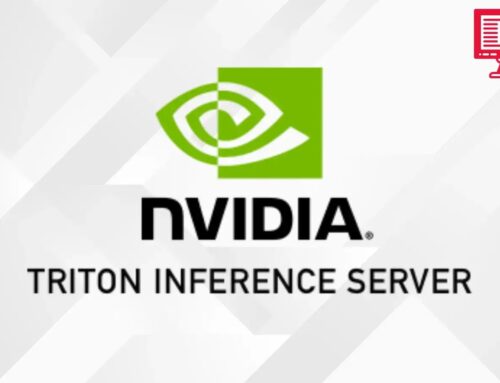
Critical Western Digital My Cloud NAS Devices Vulnerability Let Attackers Execute Malicious Code
In an era where personal and business data resides increasingly on networked storage devices, a critical vulnerability impacting Western Digital My Cloud NAS systems demands immediate attention. Cybersecurity experts have recently highlighted a severe flaw, tracked as CVE-2025-30247, that could allow malicious actors to seize complete control of affected devices. This isn’t merely a data breach risk; it’s an open door to a full system compromise. Understanding the implications and implementing the necessary fixes is paramount for safeguarding your digital assets.
Understanding the Western Digital My Cloud NAS Vulnerability
Western Digital, a prominent name in data storage, has acknowledged and addressed a high-severity vulnerability within its popular My Cloud network-attached storage (NAS) devices. Specifically, the flaw, identified as CVE-2025-30247, presents a significant risk: remote code execution (RCE).
A remote code execution vulnerability means an attacker, without direct physical access, could potentially run arbitrary commands on the affected NAS device. This level of access grants them immense power, from stealing sensitive files to installing malware, or even incorporating the device into a botnet. For My Cloud users, this translates to a severe compromise of data integrity, confidentiality, and availability. The implications extend beyond individual files, potentially disrupting entire home network operations or small business infrastructures reliant on these devices for shared storage and backups.
Affected Devices and Firmware
The vulnerability impacts multiple models within the Western Digital My Cloud NAS lineup. While the official advisory should be consulted for the precise list, the critical aspect is the firmware version. Western Digital has confirmed that the issue was present in earlier firmware iterations and has since released a crucial update to mitigate the risk.
Users need to be aware that any My Cloud device running firmware older than version 5.31.108 is potentially susceptible to CVE-2025-30247. This makes timely updates non-negotiable for security-conscious individuals and organizations utilizing these NAS solutions.
Remediation Actions: Securing Your My Cloud NAS
Addressing CVE-2025-30247 is straightforward but requires immediate action. The primary and most effective remediation is to update your Western Digital My Cloud NAS device to the latest available firmware.
- Update Firmware Immediately: Ensure your Western Digital My Cloud device is running firmware version 5.31.108 or newer. Access your device’s administrative interface to check the current firmware version and initiate the update process. Typically, this is found under “Settings” or “Firmware Update.”
- Isolate Devices (If Unable to Update): If, for any reason, you cannot immediately apply the update, consider isolating the NAS from direct internet access. This might involve configuring your router’s firewall rules to block inbound traffic to the device or, in extreme cases, temporarily disconnecting it from your network until the update can be performed.
- Regularly Check for Updates: Make it a habit to regularly check for firmware updates for all your networked devices, especially NAS units, routers, and other IoT devices. Manufacturers frequently release patches for newly discovered vulnerabilities.
- Strong Passwords and Network Best Practices: While not directly patching CVE-2025-30247, adhering to strong password policies and general network security best practices (e.g., segmenting your network, enabling two-factor authentication if available) adds layers of defense against various threats.
Tools for Detection and Mitigation
While the primary mitigation is a firmware update, understanding potential threats and maintaining good security hygiene involves utilizing various tools.
| Tool Name | Purpose | Link |
|---|---|---|
| Western Digital My Cloud Firmware Updater | Updates My Cloud NAS devices to the latest secure firmware version. | WD Support Downloads |
| Nessus (or similar Vulnerability Scanner) | Identifies known vulnerabilities in network devices, including NAS systems, across your network. | Tenable Nessus |
| Wireshark | Network protocol analyzer to monitor suspicious traffic to/from your NAS device. | Wireshark Official Site |
Conclusion
The discovery and patching of CVE-2025-30247 in Western Digital My Cloud NAS devices serve as a stark reminder of the ongoing need for vigilance in cybersecurity. Remote code execution vulnerabilities are among the most dangerous, offering attackers a direct path to total system compromise. Prioritizing firmware updates for all networked devices, especially those storing critical data, is not merely a recommendation but a fundamental security imperative. By promptly applying the necessary patches and adhering to robust security practices, users can significantly reduce their exposure to such severe threats and protect their valuable digital assets.





